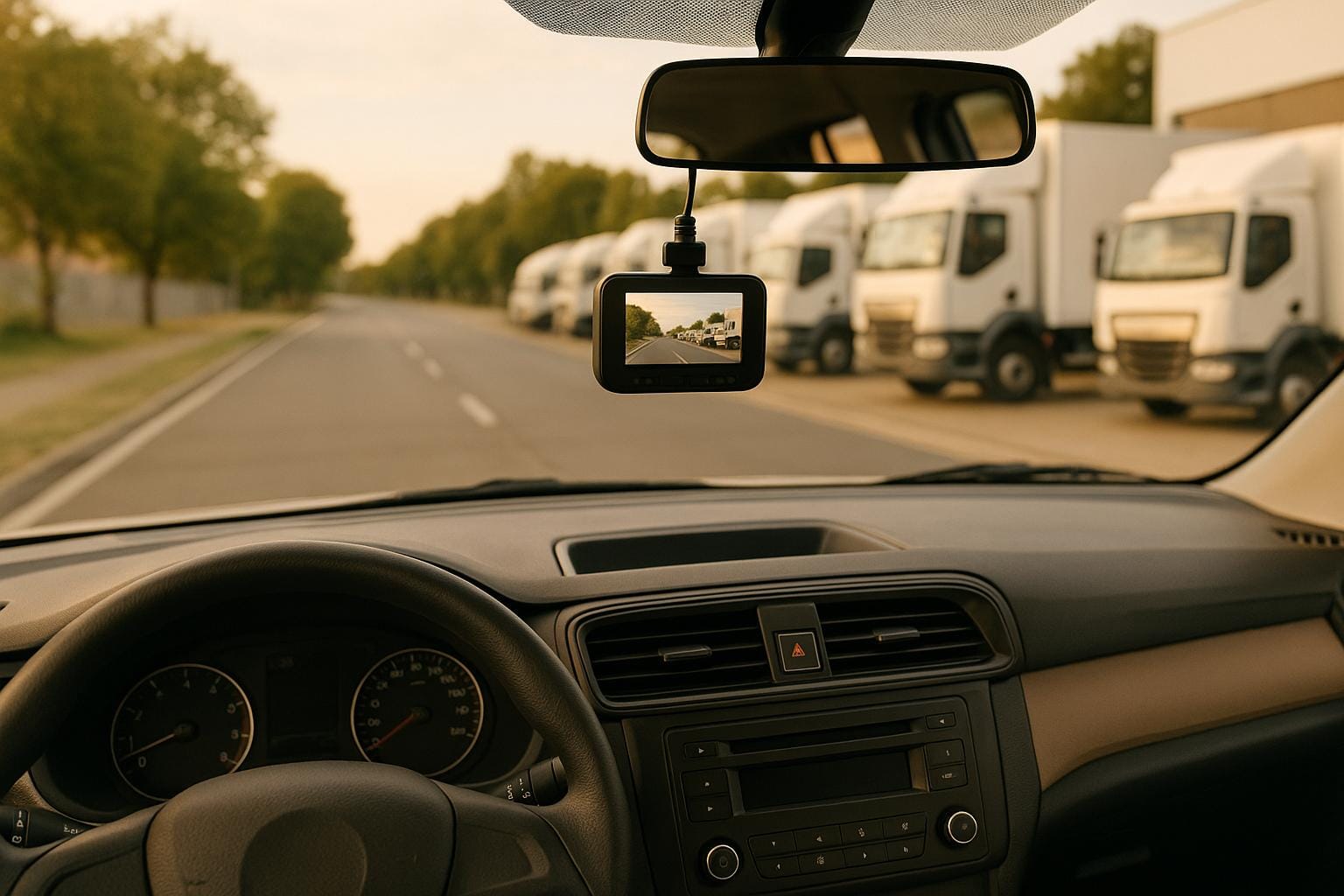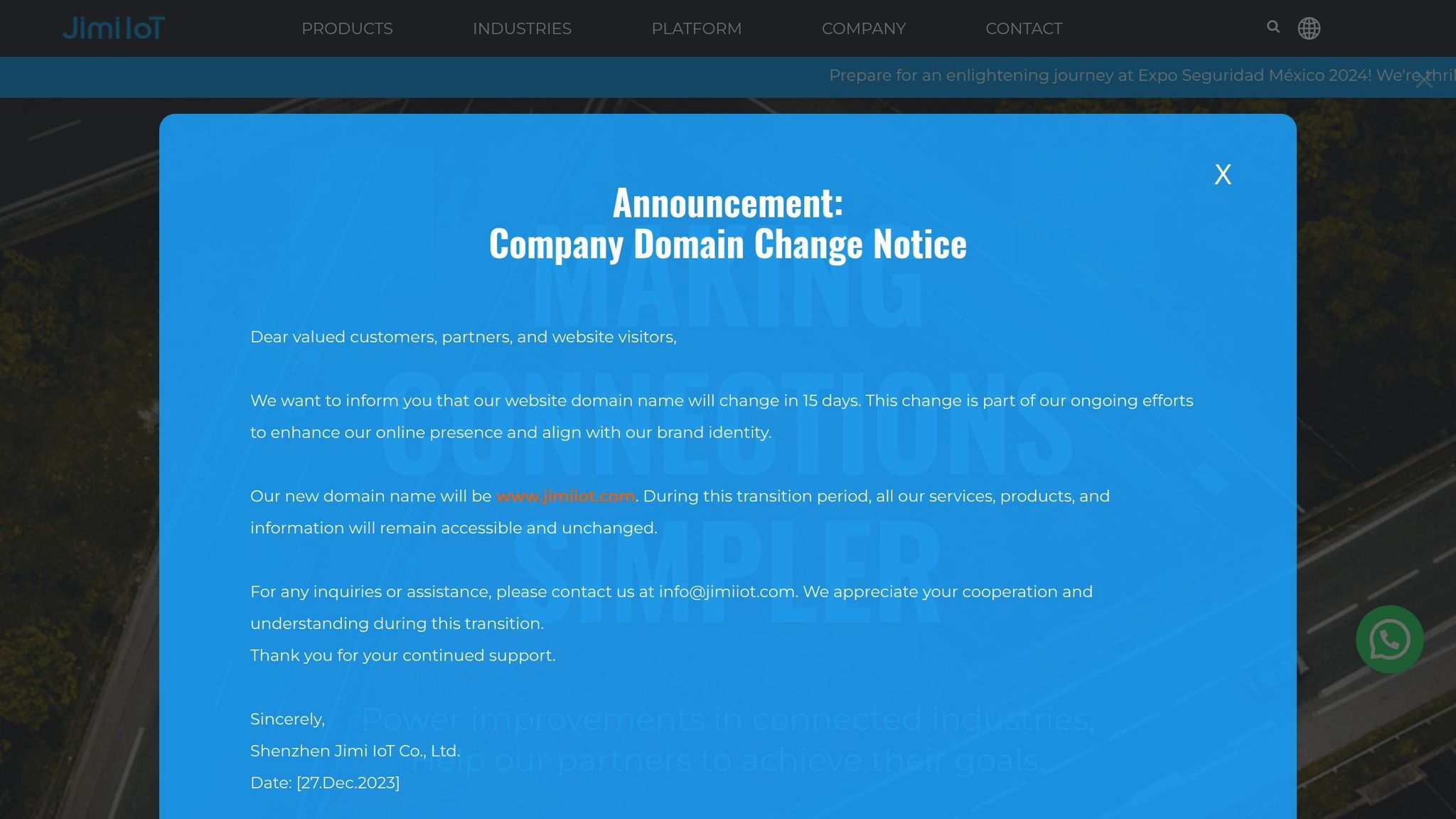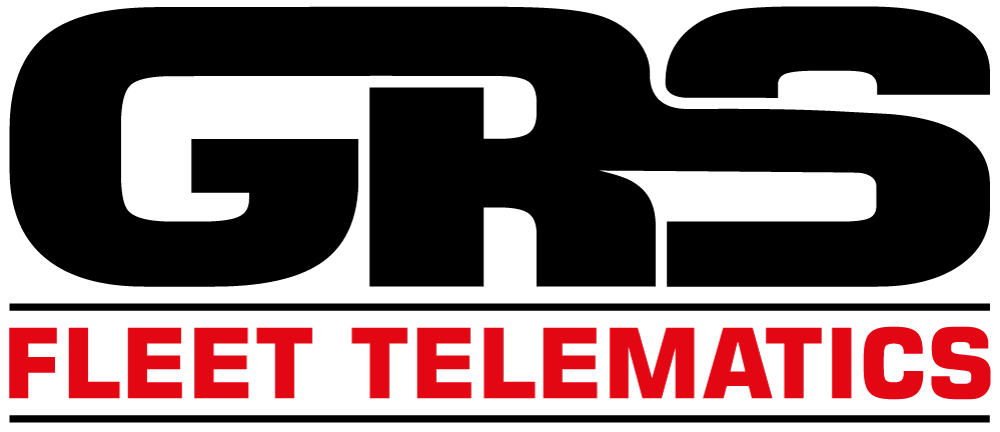How Dash Camera Calibration Improves Fleet Safety
Dash camera calibration enhances fleet safety by ensuring accurate footage, compliance with regulations, and reducing costs through effective risk management.

Dash camera calibration ensures your fleet’s cameras record accurate and reliable footage, which is critical for safety, legal compliance, and reducing costs. Misaligned cameras can distort video, misread speeds, and provide unreliable data, leading to false alerts or unusable evidence.
Key Takeaways:
- Accurate Footage: Proper calibration aligns video with GPS and telemetry data, ensuring precise details for insurance claims or legal cases.
- Improved Safety: Calibrated cameras detect risks like lane departures and unsafe distances, offering real-time feedback to prevent accidents.
- Compliance: UK regulations require high-quality video evidence. Calibrated cameras meet these standards, protecting fleets in audits and disputes.
- Cost Savings: Prevent accidents, reduce downtime, and streamline claims with dependable footage.
Calibration is not a one-time task. Regular maintenance, automated alerts via telematics, and testing ensure cameras remain effective, helping fleets stay safe, compliant, and cost-efficient.
ADAS and DMS Calibration (Jimi IoT Dashcam Series)

How Dash Camera Calibration Supports Fleet Operations
When dash cameras are calibrated correctly, they become much more than simple recording devices - they evolve into essential tools for managing fleets efficiently. They play a key role in documenting incidents accurately, meeting regulatory requirements, and keeping drivers accountable. Let’s explore how calibration ensures precise footage, supports compliance, and enhances driver accountability.
Capturing Accurate Footage
Calibrated dash cameras are indispensable for capturing incidents with precision, especially when every detail counts in insurance claims or legal cases.
These systems synchronise video timestamps with GPS and telemetry data, creating a comprehensive record of incidents. This includes details like speed, location, braking actions, and driver inputs, offering a full picture of what happened.
Calibration also ensures accurate distance measurements, which is critical for determining how far vehicles were from other cars, obstacles, or pedestrians during an incident. This capability is vital for assessing liability and confirming safe driving practices, such as maintaining proper following distances.
Modern systems take into account different vehicle setups, such as varying heights and windscreen angles. For example, a dash camera installed in a high-sided van requires different calibration settings compared to one in a small delivery vehicle. Without proper adjustments, footage from taller vehicles might distort distances, potentially leading to inaccurate evaluations.
Ensuring Safety and Compliance
Fleet operators in the UK face strict safety regulations, and calibrated dash cameras can help meet these requirements. For example, the Driver and Vehicle Standards Agency (DVSA) mandates thorough safety records for commercial vehicles. Properly calibrated systems provide the necessary documentation for inspections and audits.
When paired with driver monitoring systems, calibrated cameras can detect signs of driver fatigue or distraction, ensuring adherence to legal driving hours. They also make it easier to comply with Health and Safety Executive (HSE) guidelines on workplace transport safety. By monitoring speed, following distances, and the use of safety equipment, these systems help maintain a safer fleet environment.
Automated tools, like those offered by GRS Fleet Telematics, can track calibration status across an entire fleet. They send alerts when recalibration is needed, ensuring compliance is maintained without requiring manual checks for each vehicle. Beyond meeting regulations, these systems also strengthen driver accountability, which is discussed further below.
Enhancing Driver Accountability
Calibrated dash cameras provide an unbiased record of driver behaviour, enabling effective performance management. Unlike uncalibrated systems that might misrepresent events, calibrated cameras deliver reliable footage that accurately reflects how drivers handle their vehicles in various scenarios.
This accuracy makes driver coaching more impactful. Fleet managers can review footage with drivers, confident that the events shown are a true representation of what happened on the road. This allows for constructive feedback and targeted improvements.
Real-time feedback systems also work better with calibrated cameras. These systems can detect unsafe behaviours, like lane drifting or harsh braking, and deliver immediate alerts to drivers. This real-time guidance helps drivers correct their actions before accidents occur, ultimately reducing the risk of incidents.
Driver recognition programmes also benefit from calibrated data. Fleet operators can objectively identify and reward drivers who consistently demonstrate safe driving habits. Using measurable data rather than subjective opinions often proves more effective in encouraging positive behaviour than relying solely on penalties.
Calibrated cameras also offer legal protection for drivers. In cases of false claims, accurate footage can quickly clear a driver’s name, safeguarding their professional reputation and reducing stress. Many drivers feel reassured knowing they have reliable video evidence to support them if needed.
Lastly, analysing footage allows fleet managers to spot specific issues, such as poor positioning or insufficient mirror checks. This insight enables the development of tailored training programmes to address these gaps effectively.
Key Benefits of Proper Dash Camera Calibration
Getting dash cameras calibrated correctly does more than just improve video quality - it plays a crucial role in boosting fleet safety, improving efficiency, and cutting costs. Let’s dive into how proper calibration makes such a difference.
Better Hazard Detection and Fewer False Alerts
When dash cameras are properly calibrated, they become much better at telling the difference between real dangers and everyday scenarios. This means fewer false alarms, which helps drivers stay alert to the warnings that truly matter. For example, a calibrated system can tell the difference between a genuine threat, like a pedestrian suddenly stepping onto the road, and something less critical, like a harmless shadow. This level of accuracy ensures drivers can respond quickly and appropriately when it counts.
Reliable Evidence for Legal and Insurance Claims
In the world of legal and insurance disputes, clear and precise footage can make all the difference. Calibrated dash cameras provide high-quality recordings that accurately capture what happened, step by step. Whether it’s settling an insurance claim or resolving a legal issue, this reliable footage protects both drivers and fleet operators by offering undeniable proof of events.
Cost Savings Through Risk Reduction
Accurate calibration doesn’t just improve safety - it also saves money. By enhancing hazard detection, it helps prevent accidents, which means fewer repair bills, less vehicle downtime, and a smoother claims process. On top of that, the footage from calibrated cameras is a great resource for driver training. It allows fleet managers to address specific driving habits, reducing the chances of future incidents. Altogether, these benefits make calibration an economical way to improve fleet safety and efficiency.
Step-by-Step Guide to Dash Camera Calibration
Getting your dash cameras calibrated correctly is crucial for capturing reliable and accurate footage, which plays a big role in fleet safety. Here’s a detailed guide to help you through the process.
Preparation and Setup
Start by consulting your camera’s manual for any specific instructions. Once you’re familiar with the settings, park your vehicle on a flat surface in a quiet area. Make sure the windscreen is spotless - this is key to ensuring clear footage. A stable vehicle and a clean windscreen lay the groundwork for consistent calibration. Taking these initial steps seriously will make the rest of the process smoother.
Adjusting Alignment and Field of View
The best spot for most dash cameras is behind the rearview mirror. This placement strikes a good balance between capturing the road ahead and minimising distractions for the driver. Position the camera centrally on the windscreen and adjust its height and tilt so it’s level with the road.
If you’re using a cabin-facing camera, make sure it captures the interior clearly without blocking access to controls. For setups with extra side cameras - like those designed to cover blind spots - adjust their angles so their views complement the main camera’s field of vision.
Testing and Validation
Once the alignment is set, it’s time to test and confirm the camera’s functionality. Start by recording footage in different driving conditions. Review the recordings to check for clarity and ensure details like road signs and nearby vehicles are sharp and easy to identify.
Next, test the camera’s trigger features. For instance, check if the G-sensor activates during sudden stops and if manual recording works as expected. If your dash camera is linked to a telematics system - such as GRS Fleet Telematics - make sure alerts, GPS data, and live video feeds are being transmitted correctly.
Finally, put the setup through real-world testing. Monitor the camera’s performance over several days, paying attention to any false alerts and testing features like night vision or infrared in low-light conditions. Be sure to document all calibration settings, including the mounting position and angle adjustments. If anything doesn’t meet your standards, go back and tweak the settings until you’re satisfied.
Regular Maintenance and Best Practices for UK Fleets
To keep your dash cameras functioning accurately and reliably, regular maintenance is key. Proper upkeep not only ensures dependable footage but also plays a vital role in maintaining fleet safety across the UK. Pairing this ongoing care with the initial calibration process helps ensure consistent performance.
Regular Calibration Intervals
Performing quarterly audits is a practical way to ensure your dash cameras remain properly calibrated and compliant with regulations. Many modern dash cameras now feature automated self-calibration for minor adjustments, which helps reduce the need for professional servicing. To make this routine seamless, incorporate camera checks into your vehicle inspection forms and MOT records.
Fixing Common Calibration Issues
Routine maintenance can prevent and resolve common calibration problems. For example:
- Lens Cleaning: Dirt and grime can compromise image quality, so clean the lens regularly using non-abrasive materials to avoid scratches or misalignment.
- Wiring Inspections: Loose or damaged connections can lead to recording failures or corrupted data. Check these connections periodically to ensure everything is secure.
- Software Updates: Keep your camera's software up to date. Manufacturers often release updates with bug fixes and performance improvements, which are essential for optimal operation.
- Field of View Adjustments: For road-facing cameras, ensure no part of the vehicle obstructs the view. Similarly, for driver-facing cameras, check that items like rearview mirrors or sun visors don’t block the camera’s line of sight.
Using Telematics for Calibration Tracking
Telematics systems, such as those offered by GRS Fleet Telematics, can simplify the process of managing dash camera calibration. By integrating dash cameras with GPS, telematics, and electronic logging, you can centralise alerts, footage, and reports. This centralised system not only streamlines maintenance but also supports ongoing fleet safety and helps ensure compliance with regulatory standards.
Conclusion
Getting dash cameras properly calibrated is a key step in managing fleet safety effectively. When these cameras are aligned and maintained as they should be, they provide precise footage that helps protect drivers and fleet operators from false claims. Plus, they ensure compliance with UK safety regulations. Regular calibration isn’t just a routine task - it’s an investment that can lead to lower insurance costs, fewer legal headaches, and better driver habits. All of this lays the groundwork for seamless telematics integration.
With telematics integration, maintaining dash cameras becomes more than just upkeep - it’s a proactive safety strategy. Properly calibrated cameras enhance hazard detection, minimise false alerts, and keep fleets in line with safety standards. GRS Fleet Telematics combines dash camera monitoring with vehicle tracking, offering an efficient way to manage fleet safety without breaking the bank. This approach allows fleet managers to uphold both security and safety effortlessly.
FAQs
How often should dash cameras be calibrated to maintain fleet safety?
Dash cameras need regular calibration to work at their best and meet compliance standards. It’s especially important to recalibrate after events like collisions, windscreen replacements, or any disruption to the sensors. Beyond that, it’s a good idea to perform a full calibration at least once a year to keep everything running smoothly.
Keeping your dash cameras properly calibrated ensures the footage they capture is accurate and dependable. This not only boosts fleet safety but also provides reliable evidence when it’s required.
How can I tell if my dash camera needs recalibrating?
If your dash camera isn’t performing as it should, there are a few tell-tale signs that it might need recalibration. One of the most obvious is physical misalignment. If the camera is tilted or has shifted out of place, it can lead to distorted footage or make it harder to detect lane markings and objects accurately. Another red flag is the appearance of system warnings, frequent false alerts, or unreliable driver assistance features.
To spot these problems, start with a quick visual check to ensure the camera is securely positioned. Additionally, pay attention to any alerts or unusual behaviour while driving. Regularly inspecting the camera and addressing issues promptly can help maintain its performance and keep your fleet safe.
How does calibrating dash cameras help fleet operators save money?
Properly calibrated dash cameras can play a big role in cutting costs for fleet operators by providing clear and dependable video evidence. This evidence can help lower insurance premiums, as many insurers offer discounts to fleets equipped with up-to-date safety technology. It also speeds up dispute resolution, reducing legal fees and avoiding unnecessary compensation claims.
On top of that, calibrated cameras promote safer driving by delivering accurate feedback and monitoring driver behaviour. Fewer accidents mean lower repair bills, less downtime, and reduced liability costs. Over time, these savings can significantly improve a fleet's overall operating expenses.
